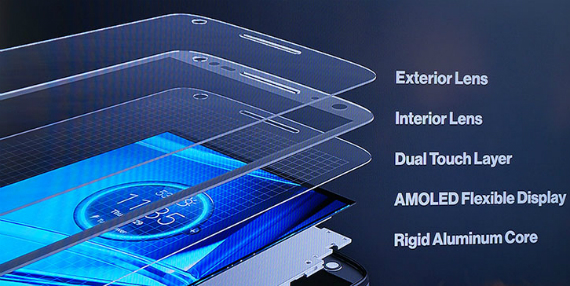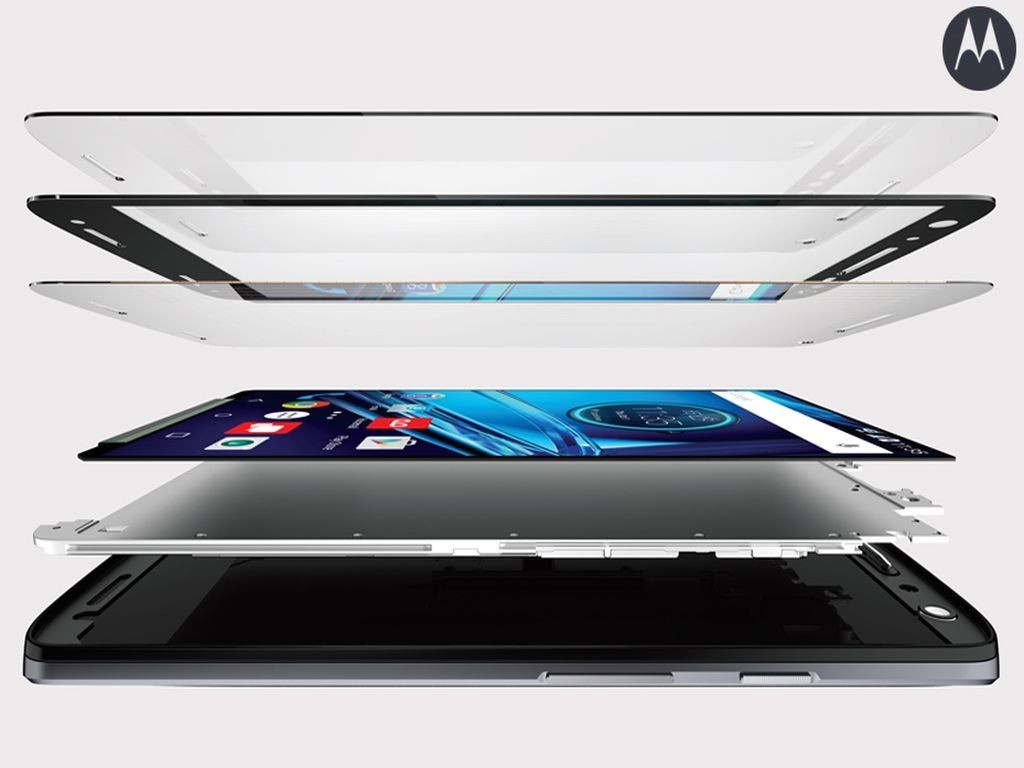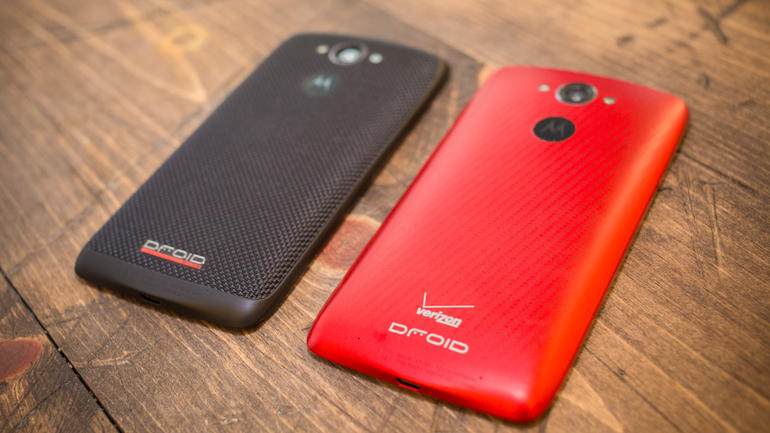Motorola ShatterShield vs Corning Gorilla Glass 4: Which one is the best screen protector?
Motorola recently released its new Droid prides, the Droid Maxx and Droid Turbo 2, with both of them making a dynamic appearance that lead to a good impression to the fans of the smartphone industry.
But what draw everyone’s attention, was Motorola’s new technological achievement, known as the ShatterShield. This feature is found on the Motorola Droid Turbo 2’s display and admittedly it makes a lot of difference – or at least that is what reviews conducted by trial users as well as experts report. It is said to protect the screen with the most advanced technology currently on the market.
However, believing to something that you only hear, with no clues, facts and numbers backing up the original claim, can sometimes be hard to do. And we have to mention that there are other display technologies as well, that are long known for holding the first place in their category – which is screen protection – with the most widely known being the Corning Gorilla Glass 4 technology.
MUST READ: Motorola Droid Turbo 2 Vs Samsung Galaxy S6: Which one to buy!
So we can’t help but wonder; which of the two is the strongest?
To answer the question above, first we need to know a few things about both features and the technology used underneath.
Motorola ShatterShield
Starting with Motorola’s ShatterShield, the company mentions on its official website:
“Moto ShatterShield is an exclusive system consisting of five layers designed to absorb shock and guaranteed not to crack or shatter.
- Layer 1: Exterior Protective Lens – A protective layer with a proprietary hardcoat designed to guard against dents and abrasion.
- Layer 2: Interior Lens – This highly transparent layer provides a clear protective shield that won’t crack or shatter.
- Layer 3: Dual touch layer – In the event of an impact that damages the primary touch-sensitive layer, a second layer takes over to maintain touchscreen performance.
- Layer 4: Stunning AMOLED display – The flexible AMOLED display absorbs shock and provides amazing picture quality.
- Layer 5: Aluminum chassis – A rigid aluminum chassis provides structural integrity and durability.”
With those five layers, the company guarantees that its latest jewel, the Droid Turbo 2 – which is the only one that comes with this feature, probably for advertising purposes– will not crack or shatter for approximately the next four years.
But here’s the catch; Motorola refers only to regular drops, which is 5 feet at the most. It appears to be adequate enough, since almost no one holds their phone above 5 feet, but in the off case that you drop it at a higher height then all you can do is hope for the best.
In addition, the company strictly notes that the device should be kept away from sharp objects that could potentially harm or scratch the display.
So what happens in all other occasions? For instance, what would be your handset’s faith if first you dropped it and then another person or a vehicle ran over it?
CNN probably had the same question so they put the Droid Turbo 2 to the test, by dropping the phone several time on rough surfaces and then running over it first with a bicycle, and then with a horse’s hoof. As it is shown on the network’s video, the screen dented before it shattered or cracked.
That should give you a pretty accurate idea of the kind of protection we’re talking about.
On the downside, due to the number of layers, the user can see some visible space between the clear front panel and the display, resulting to less brightness compared to other smartphones with equally high-end displays. So practically, you’re giving up a bit of brightness on the screen in order to receive guaranteed unbeatable protection.
Corning Gorilla Glass 4
This technology has been developed by Corning, one of the world’s leading innovators in materials science, and it is the result of one and a half century of experience, during which time other technologies came first. The company writes on its official site about this one in particular:
“The sick feeling of dropping a phone and breaking the screen is all too common. Which is why Corning’s top scientists performed thousands of hours of tests to understand how and why glass breaks when dropped. Then we developed a way to deliver dramatically improved performance against drops on rough surfaces. […] And our drop tests are the toughest in the industry, conducted on rough surfaces that best approximate the real world of jagged streets, sidewalks and parking lots. So when your whole life is on your device, help protect it with our toughest cover glass yet.”
The particular technology is being used by several companies in their handsets, or even the tablet industry, with Samsung being at the top of the list. And while Samsung’s phones may not be famous for being tough and resistant, they sure aren’t easy to scratch or shatter, though.
Among the benefits of this technology, Corning includes enhanced retained strength after use, high resistance to scratch and sharp contact damage, improved drop performance and superior surface quality.
Moreover, a 0.4mm thick screen, which embodies the Gorilla Glass 4 technology, was put to the test and it enables thickness reduction up to 15 psi abrasion pressure. For the record, a 0.7 mm Corning Gorilla Glass 3 screen has approximately 12.5 psi abrasion pressure.
Before Motorola’s ShatterShield, Corning’s Gorilla Glass 4 was claimed to be twice as strong as any other cover glass in the market.
At this point we should mention that all tests conducted by Corning’s scientist, were performed from a height of 1 meter (around 3.3 feet). That is a good average height, but nowhere near the 5 feet that Motorola’s Droid Turb 2 was dropped from – and didn’t get a single scratch.
To put it in numbers, Gorilla Glass 4 survived sharp drop impacts “up to” 80 percent of the time and showed “up to” two times improvement over Gorilla Glass 3. The company admits that it still has a lot of way to go.
On the bright side, the said technology does also provide improved optical clarity which doesn’t mess with the displaying result. If anything, we could say it enhances it.
The Verdict
Judging by the numbers and the facts, Motorola’s ShatterShield technology is here to stay and conquer the top in terms of screen protection and resistance. At least that is what the results of the tests that were conducted indicate.
However, Motorola is still kind of struggling to optimize its brightness issue whereas Corning provides a more elegant technology. It might not be as strong as the ShatterShield, but it sure does not mess with the user’s display.
MUST READ: Motorola Droid Maxx 2 Vs Droid Maxx: What is new?
Moreover, let’s keep in mind that Corning promises constant improvements on its technology while Motorola has not clarified its plans regarding ShatterShield. So eventually, one could surpass the other.
For the time being, one needs to put the two technologies under the scope and see which one fits the best.
If you’re the clumsy type of user and you never know when your phone is going to tumble from your hands; or you just want to go for extra protection and are willing to sacrifice a bit of your screen’s brightness on the way, then go for the ShatterShield – and just in case you’re not that into the Droid Turbo 2, don’t’ worry, as Motorola said it will apply its new technology to more phones in the near future.
On the other hand, you might want to settle for a less protective screen technology and keep your great resolution as it is, in which case you should go with Corning’s Gorilla Glass 4. Besides, that would give you more options on smartphones for the time being as well.





